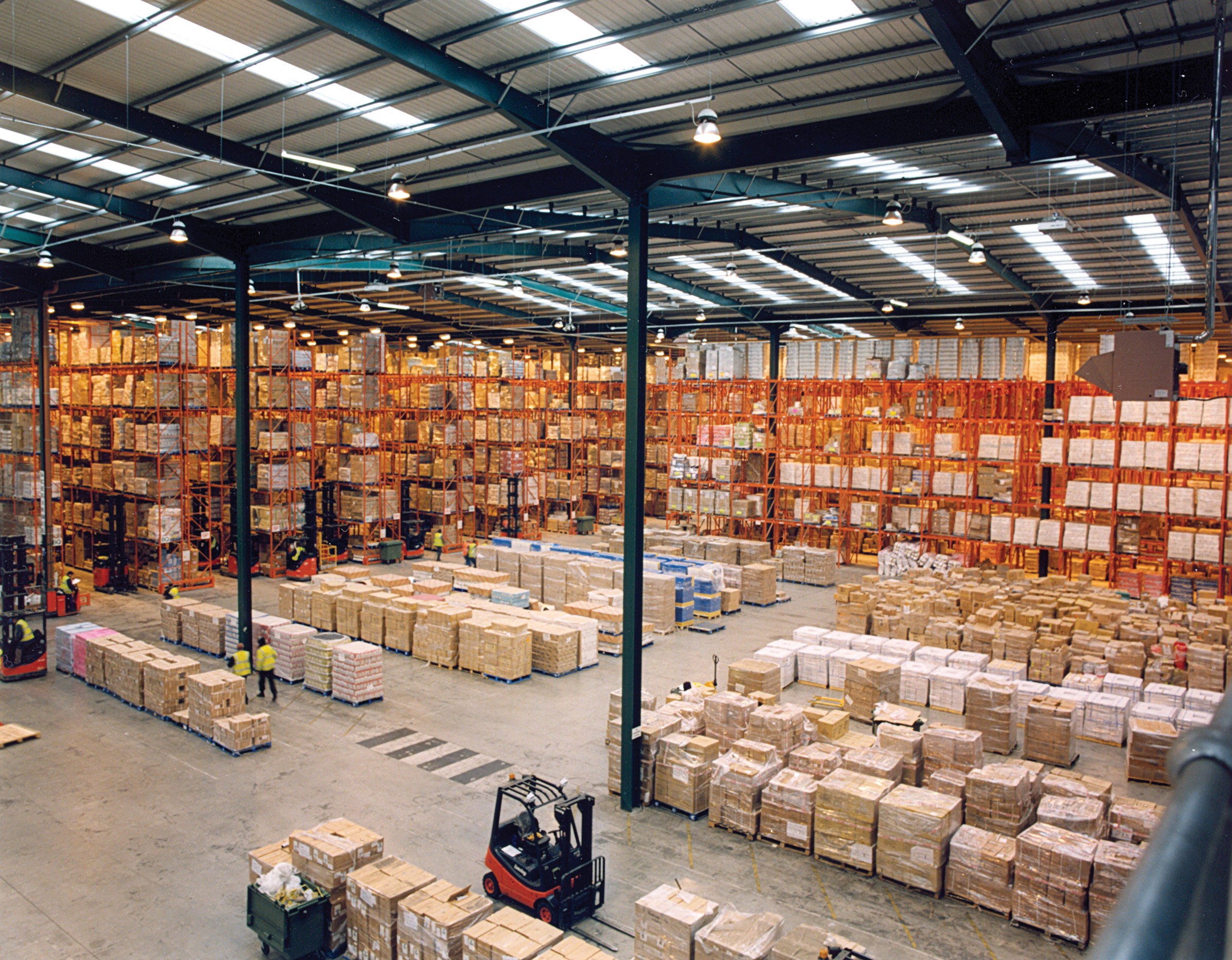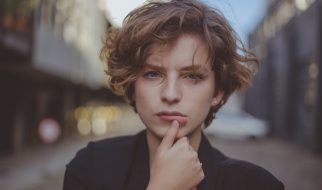
Ars Technica has reviewed a number of self-driving car systems, and claims that:
Much of the technology that underpins these systems is shared among the industry. A handful of companies like Bosch, Delphi, and Mobileye provide sensors, control units, and even algorithms to car makers, who then integrate and refine those systems.
That claim leaves some wiggle room. Just how much is ?much??
And some of the claim is oversimplified. Whether or not there are ?a handful? or somewhat more than a handful of Tier 1 suppliers involved, a lot of that technology is actually flowing through from Tier 2 suppliers. In other words, the Tier 1s are doing a fair bit of ?integrating and refining? of their own.
But all this raises more basic questions ? who are the suppliers and why do they even exist?
Why The Supply Chain Exists
Few companies produce, distribute, and sell products end-to-end. For example, see Milton Friedman?s famous video about all of the suppliers involved in pencil production.
Many reasons exist for this, including:
Specialization. For example, automotive dealerships usually lack the skills and ability to manufacture vehicles.
Opportunity Cost. An automotive manufacturer might be really good at producing tires, but might decide not to pursue this opportunity because it?s a distraction from the core business of producing cars.
Scale. A lot of effort goes into producing computer chips, and chip manufacturers amortize that cost over all of the chips they sell. Since automobiles use relatively few computer chips, automotive companies don?t have the scale to amortize that cost by themselves.
Regulation. Many US states have laws preventing automotive manufacturers from selling vehicles directly to consumers. Only dealerships can legally sell cars in these states.
The Automotive Supply Chain
Cars are usually either the largest purchase a person makes, or maybe the second-largest, after a house. So it?s not surprising that the automotive supply chain is a little different than supply chains for pencils, or sodas, or basketballs.
Dealerships
Companies that sell vehicles are called dealers. I think of them as physical retail locations, which they often are, but they?re also distinct companies. Sometimes one company will own many dealership locations. The important thing to remember is that these dealerships are distinct and mostly independent from the auto manufacturers.
Dealerships are really good at customer service, understanding the needs of their specific geography and customer base, and vehicle maintenance and repair.
Tesla is trying to disrupt this model, bypass dealerships, and sell cars directly to consumers, but this is the exception, not the rule.
Manufacturers
Automotive manufacturers are the brands that everyone knows ? Ford and Toyota and BMW and their competitors.
These firms are commonly referred to OEMs (original equipment manufacturers), which is an unfortunate misnomer. While these manufacturers produce some original equipment, their real strength is in designing cars, marketing cars, ordering the parts from suppliers, and assembling the final product.
The ?design? part of that equation becomes a little hazy when it comes to software. Some of the software comes as part of subsystems that are specified by the OEM but built by suppliers. On the other hand, some of the software is built directly by manufacturers.
This is a fuzzy line even in the computer world. Apple and Dell both design computers. But Apple writes its own software (Mac OS, iOS), whereas Dell mostly uses Microsoft Windows software.
Tier 1 Suppliers
Companies that supply parts or systems directly to OEMs are called Tier 1 suppliers. Some of these brands are recognizable, like Bosch or Continental. Some of them are less so.
Here is a list of Tier 1 suppliers.
Tier 1 suppliers specialize in making ?automotive-grade? hardware. This means hardware that withstands the motion, temperature, and longevity demands of OEMs.
These suppliers usually work with a variety of car companies, but they?re often tightly coupled with one or two OEMs, and have more of an arms-length relationship with other OEMs. Delphi, for example, was actually owned by General Motors and then spun out as an independent entity.
Tier 2 Suppliers
Many firms supply parts that wind up in cars, even though these firms themselves does not sell directly to OEMs. These firms are called Tier 2 suppliers.
Examples include computer chip manufacturers like Intel or NVIDIA.
Tier 2 suppliers are often experts in their specific domain, but they support a lot of non-automotive customers and so they don?t have the ability or desire to produce automotive-grade parts.
Tier 3 Suppliers
In the automotive industry, the term Tier 3 refers to suppliers of raw, or close-to-raw, materials like metal or plastic.
OEMs, Tier 1, and Tier 2 companies all need raw materials, so the Tier 3s supply all levels. Consequently, the line between a Tier 2 supplier and a Tier 3 supplier that sells into Tier 1s is blurry.
Putting It Together
- Consumers shop for cars at dealerships.
- Based on what dealerships learn from their customers, they place orders for specific types of cars with auto manufacturers.
- Auto manufacturers use the order data to design new cars and source components from Tier 1 suppliers.
- Tier 1 suppliers purchase components from Tier 2 suppliers and package it into automotive-grade systems.
- Tier 2 suppliers make parts and are happy to sell them to automotive companies, but Tier 2s serve many other industries, too.
- Tier 3 suppliers sell the raw materials that other firms in the supply chain require to make their specialized products, systems, and components.
That?s an over-simplified summary, of course.
In reality, consumers are shopping for cars directly on manufacturer websites, and dealerships are discussing after-market parts with Tier 1 suppliers, and Tier 2s are marketing their components directly to OEMs. But the summary above paints a good high-level picture.
Who?s In Control?
Historically, the automotive market has been fragmented, with lots of dealerships, OEMs, and suppliers.
Conversely, software is often a winner-take-most market. Windows is the dominant desktop operating system, Google is the dominant search engine, PowerPoint is the dominant presentation package.
That?s where the Ars Technica article comes in. A lot of people would like to figure out if automotive software is moving to a winner-take-most model, and who that winner will be.
The winner-take-most issue is deep in its own right, and it will take a whole separate post to deal with that. But this supply chain knowledge is kind of a pre-requisite to considering that question.
For now, my short take is that competition is ongoing, it?s not clear if this will be a winner-take-most market, and certainly there?s no clear winner yet.


